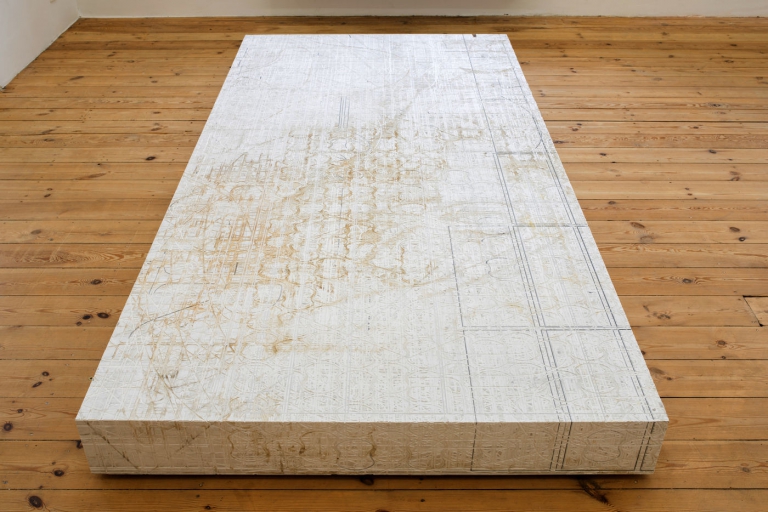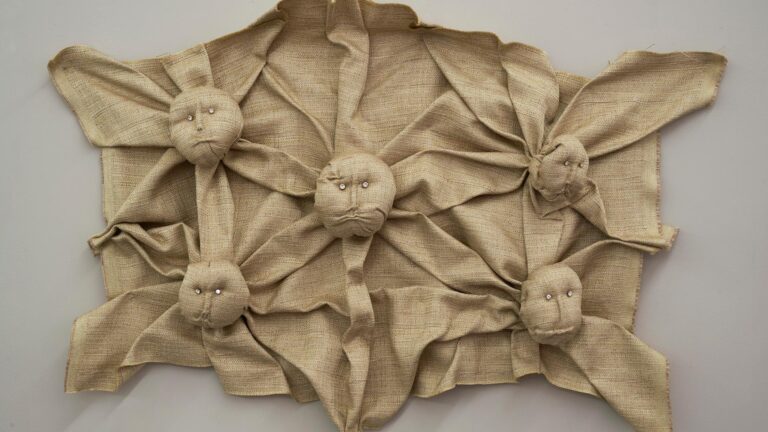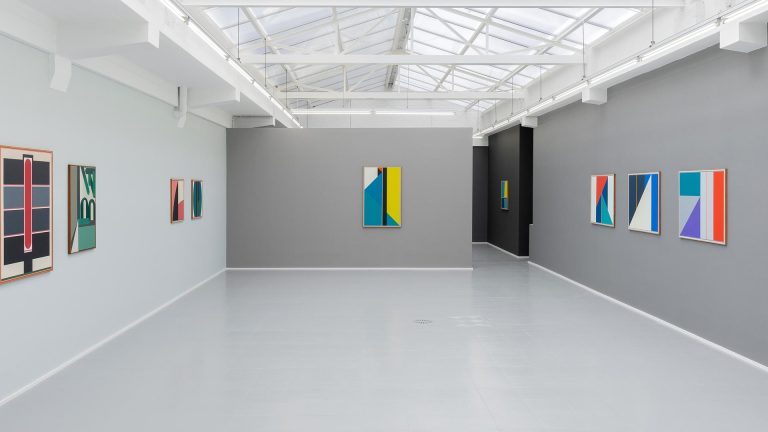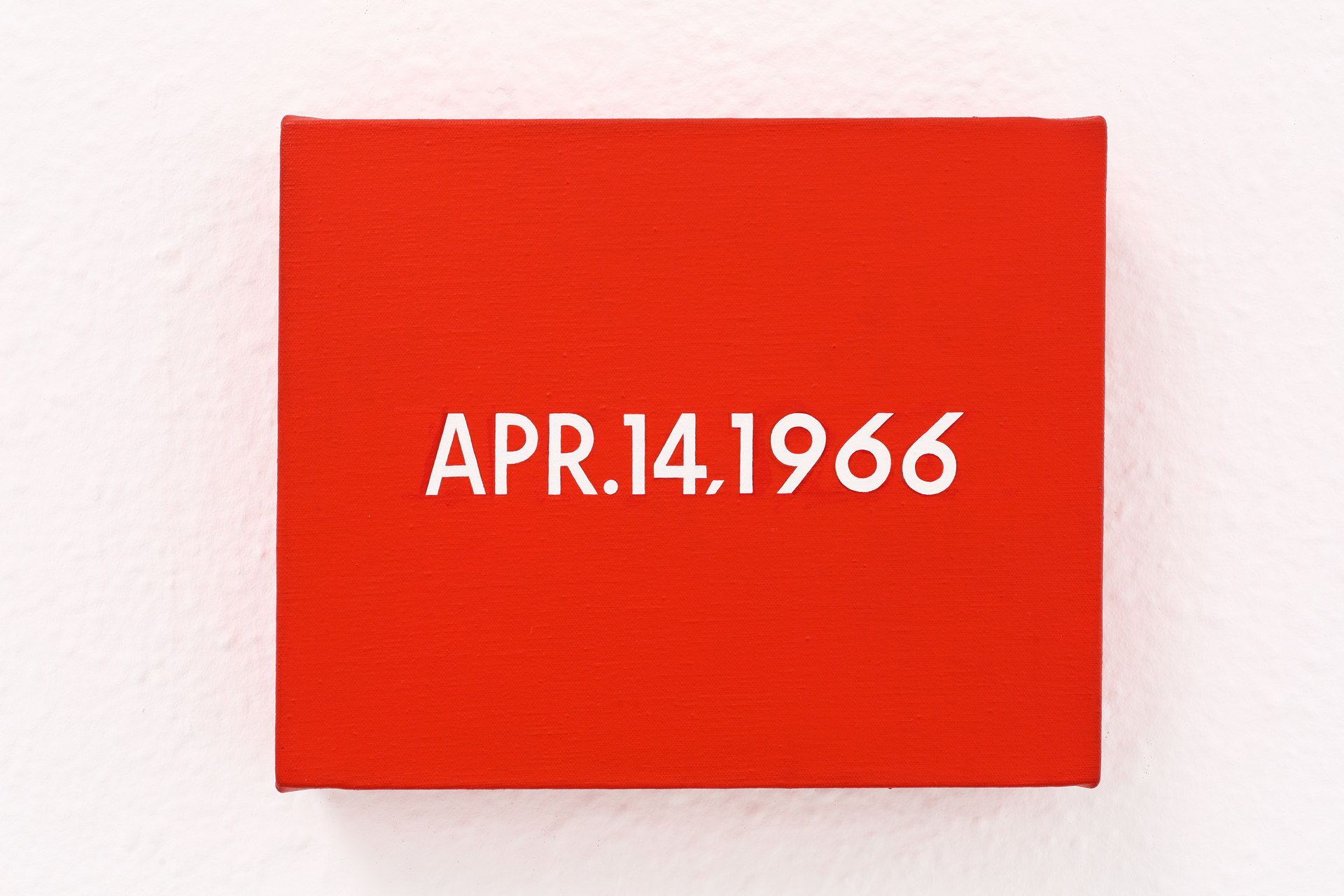Arpaïs Du Bois (Ghent, 1973) lives and works in Antwerp. She studied visual arts at Sint Lucas Antwerp and has taught there since 2003.
An important aspect of Du Bois’ work are the drawing books that function as a kind of diaries. The hundreds of cahiers in which Arpaïs has drawn incessantly over the past decades constitute her oeuvre. The often abstract, minimalist drawings directly reflect an endless series of ideas and insights, which are occasionally extended into a larger work separate from the drawing book. The drawings arise quickly and spontaneously, with French words and phrases combined with images blending into a whole. The drawings are sharp and ambiguous, and with a minimum of means, she manages to touch the viewer. They can be seen as moments of stillness and contemplation that offer the viewer opportunities to frame chaotic reality, brimming with impulses and impressions, and thus make sense of reality. The ideas and insights are reflected in her drawing books using paint, ink and bister. All the cahiers together thus form a continuum from which she cuts drawings that can exist both individually and in (endless) series.
While drawing, Arpaïs Du Bois organises the world. She does so with abandon and wants to process and understand all impressions. As an artist, she stops time for a moment and comments on both the small and the large, the trivial and the global. For Arpaïs, art is a survival strategy that channels powerlessness and sadness.
‘The compelling, the unfiltered is the essence of my work. It is my link to the world. My drawing has become almost a kind of justification of my dealing with reality’.
The exhibition Dans la chambre à murmures (in the whispering room) consists of 80 drawings from the drawing books and 23 large works in a spatial arrangement. All the drawings from the drawing books date from 2023 and have never been shown before. Painting on wooden bases is a new aspect in her oeuvre, and it makes this exhibition a space-filling installation, which carries an inherent and subtle urge for expansion as if the artist wanted to escape the compelling boundaries of architecture.






















































































